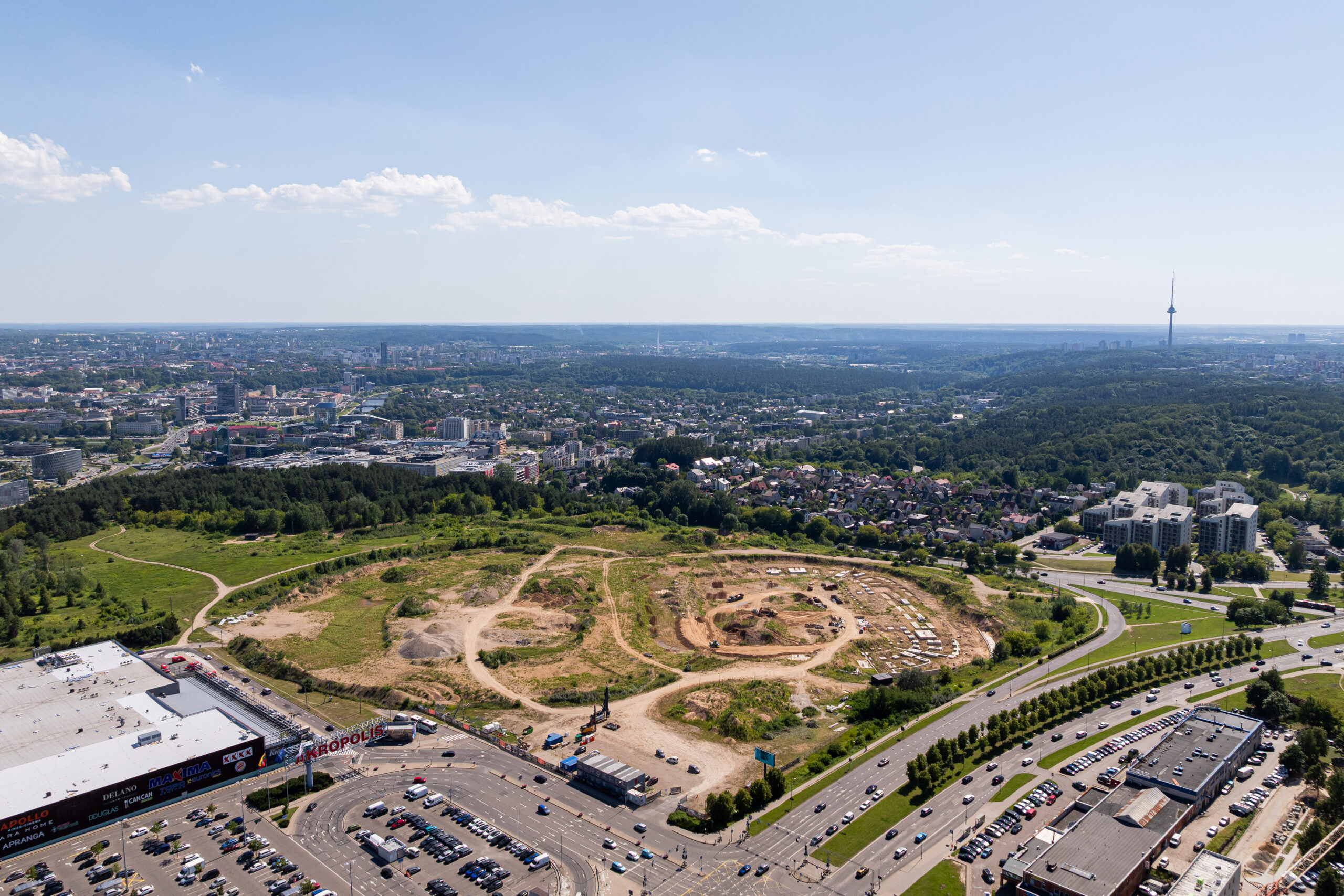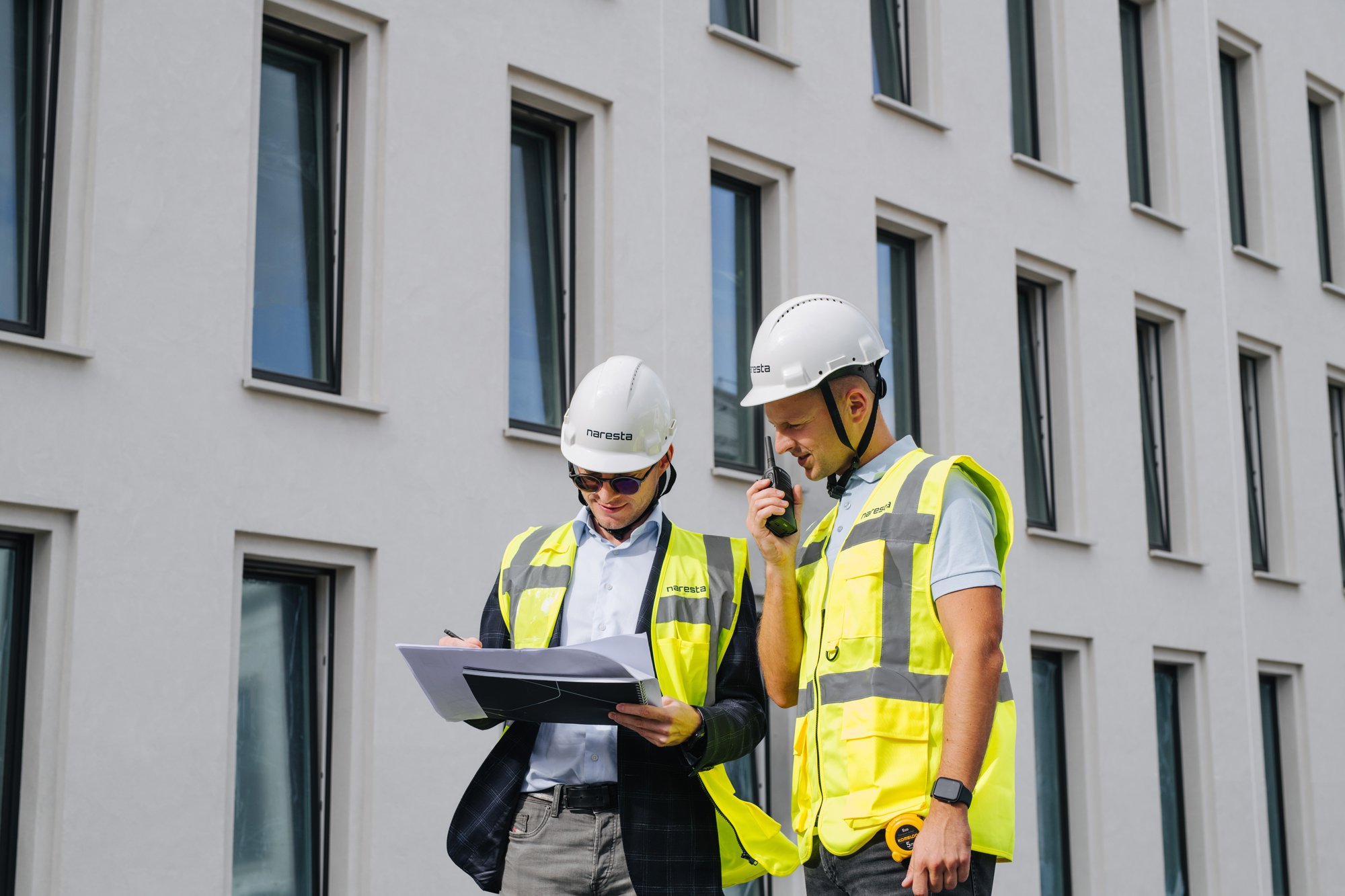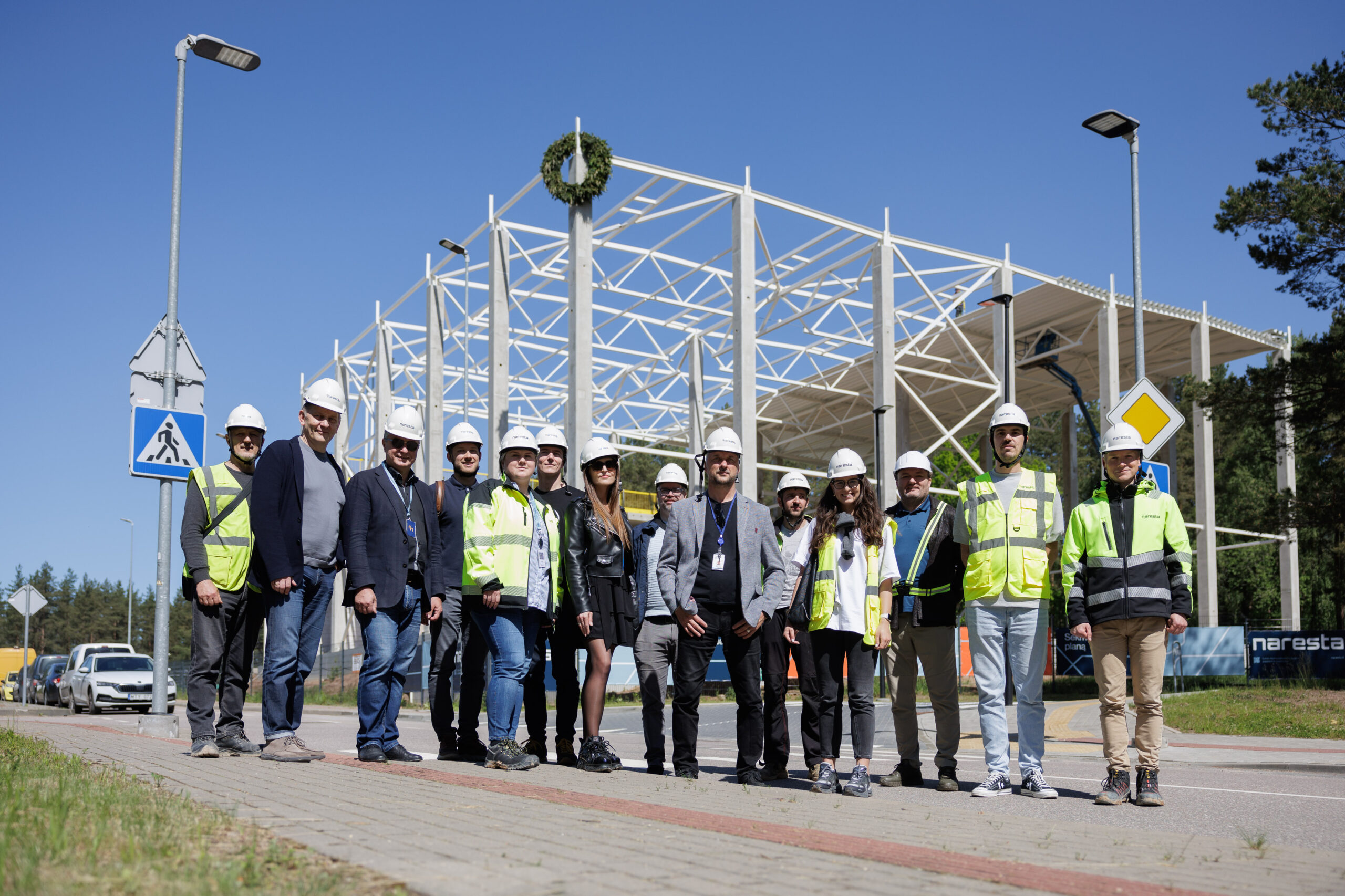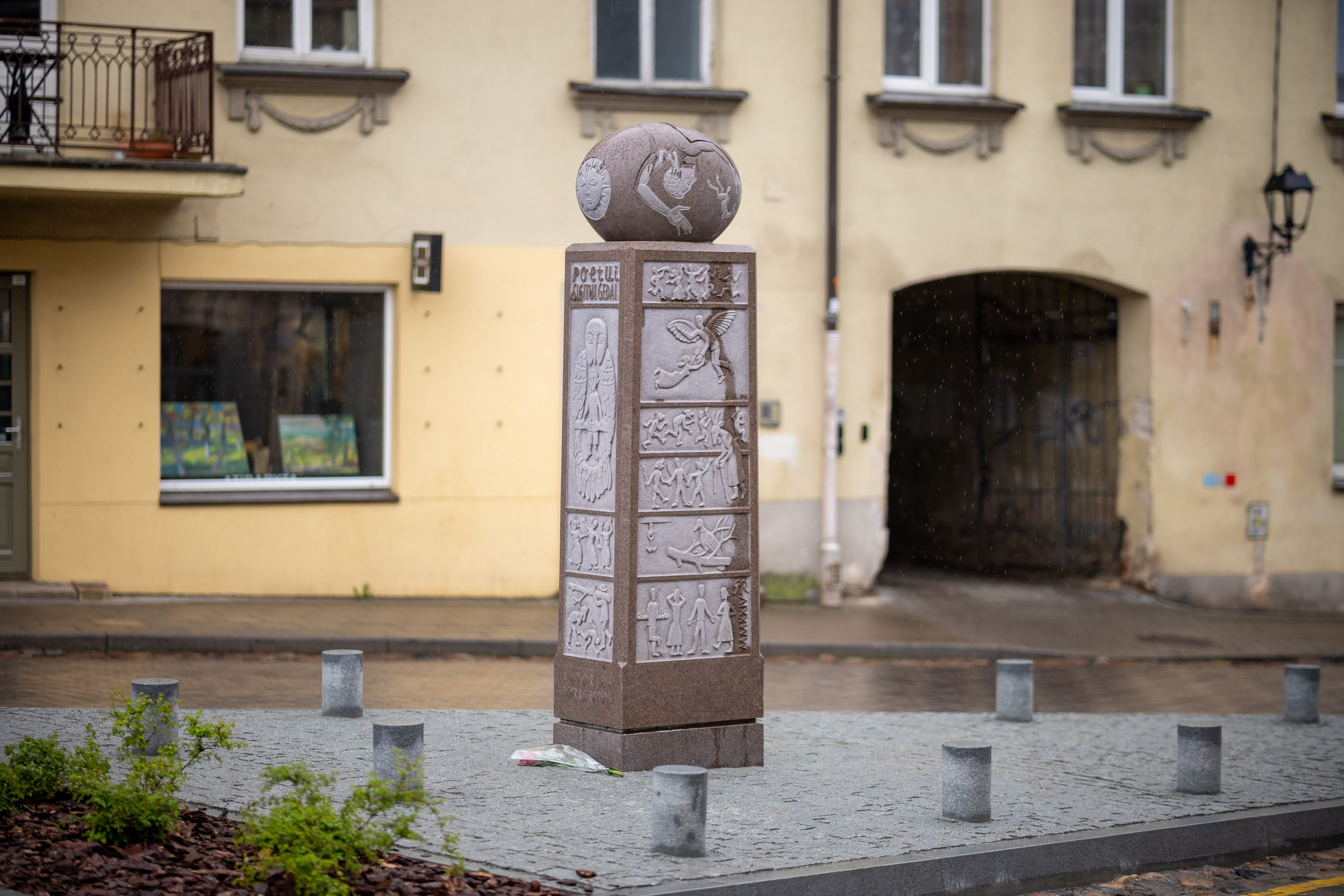2025: A Turning Point for the Construction Sector. How to remain competitive?
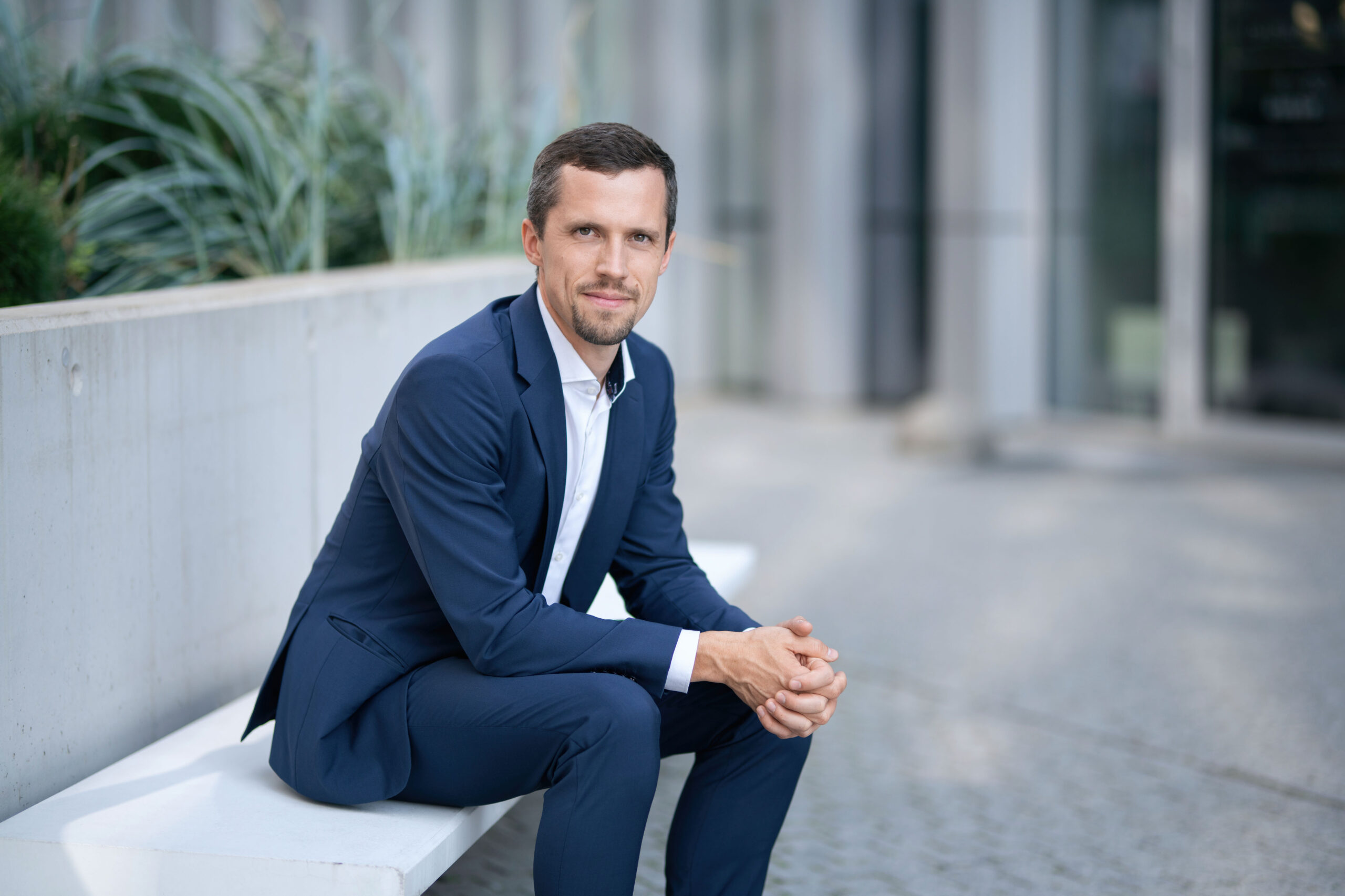
The construction sector is not standing still, but 2025 marks more than just a change — it signals the beginning of a true turning point. Environmental requirements are becoming exceptionally strict, digital technologies are gradually becoming routine, and labour shortages are no longer a problem – this is the new reality. What awaits the Lithuanian construction market and how can businesses not only adapt, but also gain a competitive advantage?
Sustainability requirements: challenge or opportunity?
In 2025, a new reality is being established – construction without carbon dioxide emissions becomes not a vision, but a requirement. The European Commission has set a clear direction: from 2030 all new buildings must be environmentally neutral throughout their entire life cycle. Scandinavia is already ahead, with Finland and Norway already applying total carbon accounting methodologies, and Ireland, Spain and the Czech Republic are rapidly joining them.
Big market players do not wait until the last minute. Skanska installs concrete alternative with 30% lower CO2 footprint, experiments with bio-based construction materials. What about Lithuania? Is our construction industry ready for such a leap?
Modular construction: a new formula for competitive advantage
Modular construction becomes one of the main strategies for achieving faster, cheaper, and more efficient construction. The war in Ukraine and the crisis in supply chains have shown that dependence on imported materials can be a major constraint on performance. Therefore, Germany is investing in local “EcoPrefab” factories, while the United Kingdom is expanding modular housing production tenfold.
Lithuania must also follow this direction. Investing in modern modular construction technologies will not only help optimize costs and labour requirements but also provide a competitive advantage in the market.
Digital Twins: Construction That Thinks
Just yesterday digital twins were an innovative idea, and today they become an essential tool. These technologies allow simulating the construction process before starting work, identifying risks, reducing costs, and ensuring efficiency.
For example, Germany has already applied digital twins for optimizing electrical networks, while France is implementing them in big cities for traffic flow management. In Lithuania, the Naresta team is already developing digital models to analyse building performance data in real time.
The Lithuanian market is growing, but so are the challenges
2025 will be the year of public investment. Development of national defence infrastructure (Rūdninkai, Pabradė, Rukla), road reconstruction, “Rail Baltica” project, renewable energy parks – all of this will become market drivers. The calendars of the big construction companies are full, and it will be increasingly difficult to insert new private projects.
However, this expansion is accompanied by significant challenges. In the construction sector, there is already a shortage of about 15% of workers, and their average age is constantly increasing. If the situation does not change, construction costs will continue to increase, and project deadlines will lengthen.
How can this be addressed? The first step — investing in the prestige of the construction profession. We need to attract young people, encourage professional training, and modernize labour market planning. Recent advertising campaigns portraying construction professionals as ignorant brutes is certainly not helping.
Residential real estate prospects: more quality, less quantity?
Housing sales are showing signs of stabilisation, but construction volumes may fall. At the heart of the issue is a steep drop in issued building permits and a lengthy, slow-moving approval process. However, the premium segment remains active, indicating that developers see strong demand for premium projects.
Does this mean that in the coming years we will see fewer new projects, but with higher added value? Likely.
If one word could describe 2025, it would be “adaptation”. Digital construction, sustainability, transformation of the labour market – this is already a reality.
